#Venezuelan art
Text
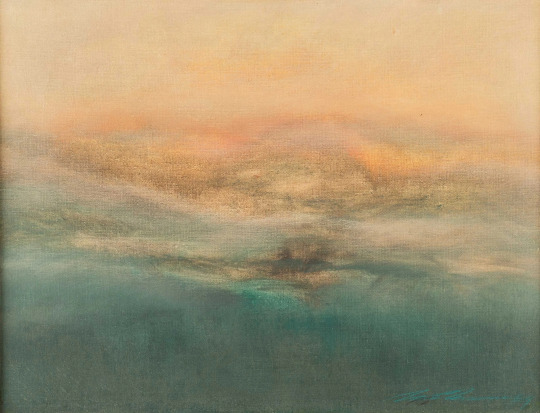
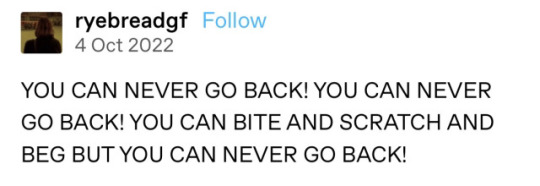
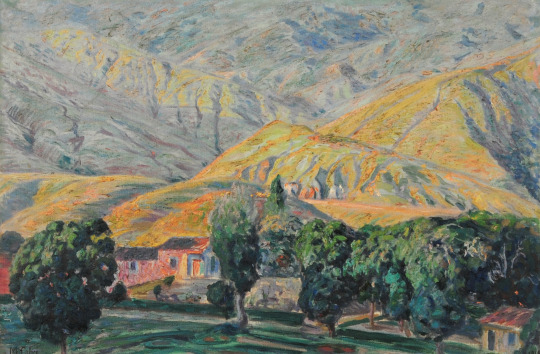




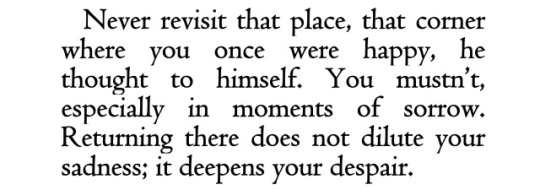


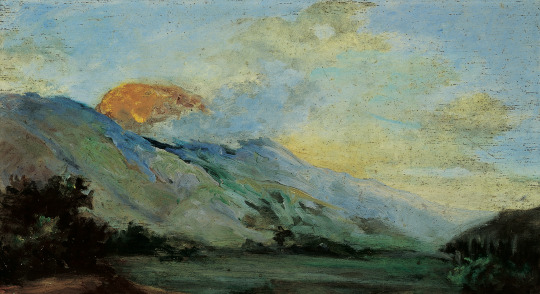
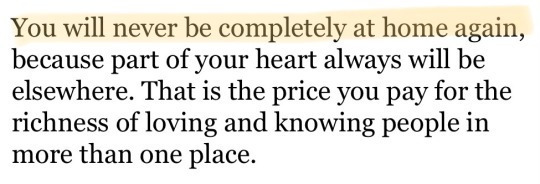
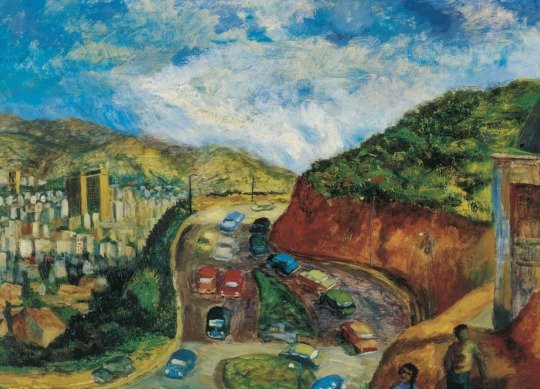
THE PLACE YOU MISS DOESN’T EXIST ANYMORE, HOME IS THE FIRST GRAVE.
1. Mateo Manaure, Suelos de mi tierra (1967) | 2. tumblr user @ryebreadgf | 3. Manuel Cabré - Sol en los cerros (1919) | 4. Donna Tartt, The Goldfinch | 5. José Antonio Quintero, Vista del Ávila desde la avenida Sucre hacia la Cota Mil (1977) | 6. Anna Kamienska, A Nest of Quiet: A Notebook | 7. Pedro León Castro, Armonía (1947) | 8. Vardges Petrosyan, “A Shirt Made of Fire” (trans. @metamorphesque) | 9. Próspero Martínez, Paisaje del Ávila —vista desde El Calvario— (c. 1920) | 10. James Baldwin, Giovanni’s Room | 11. Jesús María de las Casas, El incendio del Ávila en 1883 —reverso— (c. 1915) | 12. Miriam Adeney | 13. Gabriel Bracho, (detail of) Cota 905 (1956)
#on leaving#on home#you can never go back#I am once again tricking the users of tumblr dot com into looking at venezuelan art#save me venezuelan art…#art#web weave#poetry#latin american art#immigration#venezuelan tag i guess#venezuela#Venezuelan art#web weaving#on grief
249 notes
·
View notes
Text



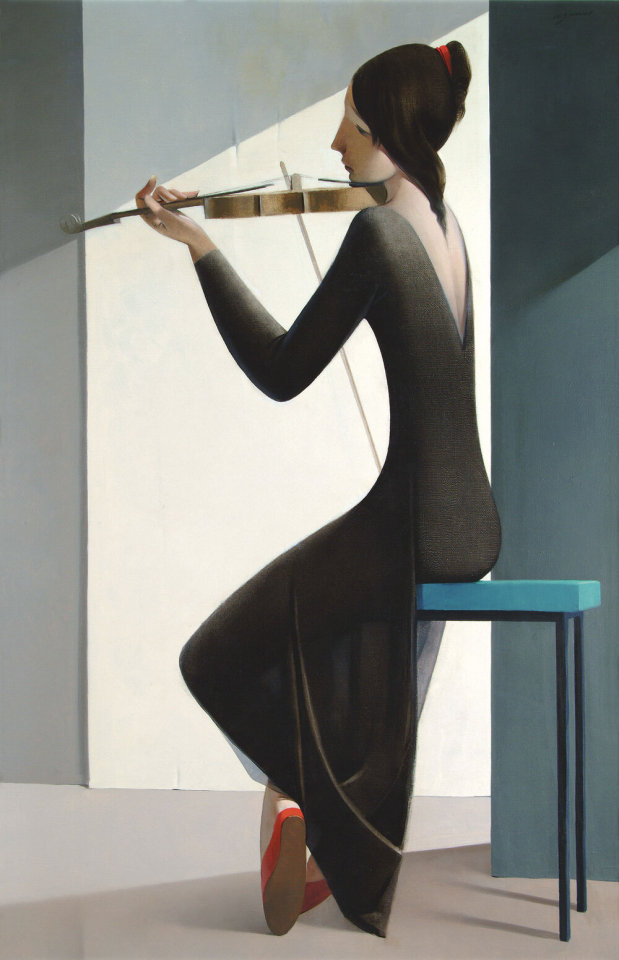





Armando Barrios (Venezuelan, 1920-1999)
160 notes
·
View notes
Text

Darío Pérez-Flores (Venezuelan, 1936-2022), Dynamic Chromatique No. 70, 1993. Acrylic on wood relief, 40 x 40 cm.
189 notes
·
View notes
Text
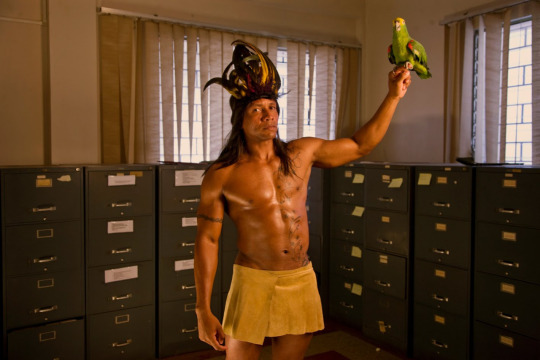

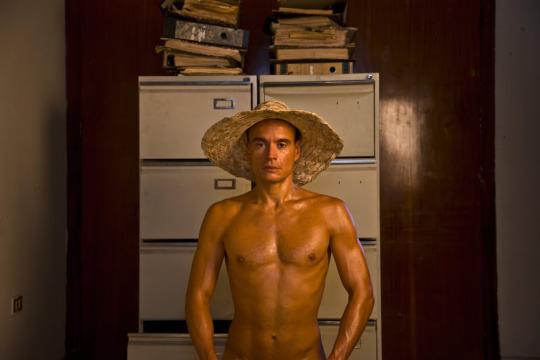
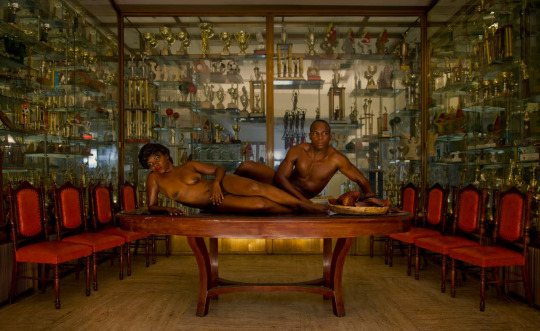
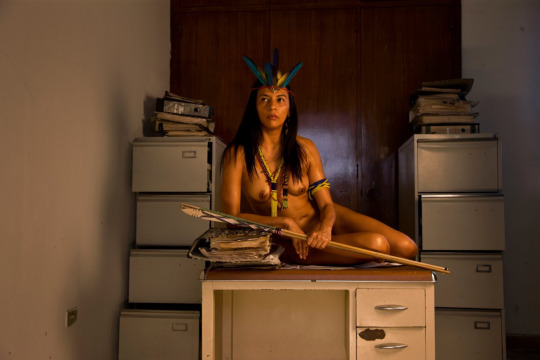



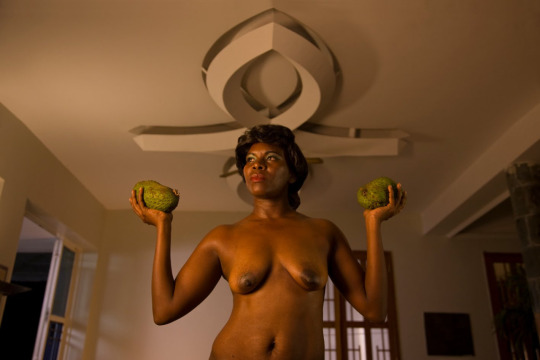

Ensayando la Postura Nacional by Alexander Apóstol
Based on the paintings of Pedro Centeno Vallenilla
Caracas experienced a strong urban construction growth after the death of the dictator Juan Vicente Gómez in 1936 until the 70´s. Important political changes: European and Latin-American migrations, and especially petroleum costs variations made Venezuelan mentality change at a speeding race to new perspectives that were demonstrated in different areas, architecture being the main element of change towards a modern city. Besides the big social differences, from then on, the Venezuelans have conceived to an extreme this modern period of time as the dream of a better future.
In that time, important plastic artist irrupted during the 40´s, 50´s and 60´s; Escuela de caracas (landscaping), Los Disidentes (abstraction), and the Techo de La Ballena (informalism) were some of the most important avant-garde movements. Curiously enough, the Venezuelan artist Pedro Centeno Vallenilla, formed under the fascist Italian regime and exhibitor of a peculiar nationalist theme with a characterized mannerist and exaggerated aesthetic, worked independently from the avant-garde movements, he was even considered as a minor artist by them. Due to Vallenilla´s profound political views at the time, he was able to establish himself as the official painter during the dictatorship of Marcos Pérez Jiménez in the 50´s, where buildings like the National Capitol, the National Military or collections and private homes were decorated with his Works. Nowadays his works are still hung in these official buildings, where the nation’s history and the autochthonous elements together with the exaggerated and idealized aesthetic of the body and race, are the main characters in his work.
What interests me is how his fertile visual language feeds the creation myths of the birth of the nation and establishes it like a part of the Venezuelan culture, in the political, social, military and even economic grounds of the country; where his work exemplifies, maybe fortunately, the prejudice, contradictions and acceptations on how Venezuelans want to see ourselves and how we wanted to be seen (and still want to be), contrasting with the exacerbated and vulnerable narcissism that fundaments itself on the starting resentments that we drag on form the colonial times.
Finally I would like to focus Centeno Vallenilla´s work, independently from his pictorial quality, like the heir of a confused Venezuelan modernity in conception and ideology, confronted in the same way with the confused and complex political and social times that we are now living. Where the frontier between liberal ideologies and economic pragmatism associated with the conservatives, are faded together with the political ways of the country.
In the film and photos, works of Centeno Vallenilla dedicated to the nation’s history, race and traditions, are converted into a tableaux vivant by people that come from the marginated areas of Caracas, but that are situated in the natural context of this artist, these spaces are modern but at the same time unused buildings, like a mansion turned into an office building; Nevertheless, these models try again and again, without achieving the goal, of recreating work by work The forced postures of the personalities represented in Vallenilla´s Works, demonstrating that there is a possibility that the idiosyncrasy of Venezuela comes from the eternal intent, with form but without meaning, of imagining improvised utopias that result in mere rehearsals of the country.
#art#paintings#photography#venezuela#pedro centeno vallenilla#venezuelan#alexander apóstol#venezuelan art
78 notes
·
View notes
Text

Pedro León Castro - Armonía, 1947
13 notes
·
View notes
Text
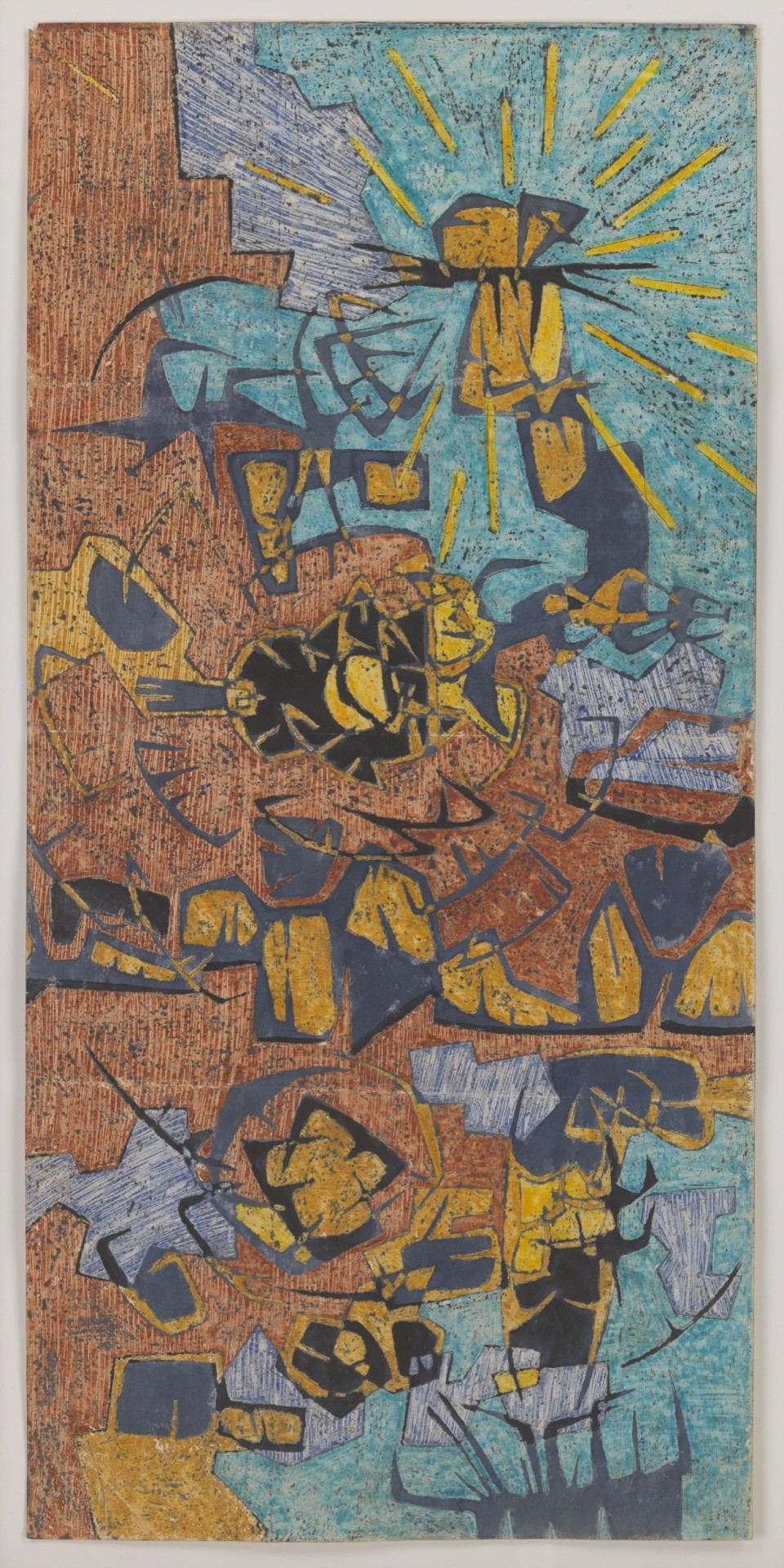
Luchita Hurtado (Venezuelan 1920-2020), Untitled (Resist Series), 1949. Crayon and ink on paper, 28 3/4 × 13 3/4 in. | 73 × 34.9 cm.
#art#artwork#modern art#contemporary art#modern artwork#contemporary artwork#20th century modern art#20th century contemporary art#Venezuelan art#modern Venezuelan art#contemporary Venezuelan art#Venezuelan artist#female Venezualan artist#female artist#woman artist#Luchita Hurtado
12 notes
·
View notes
Text


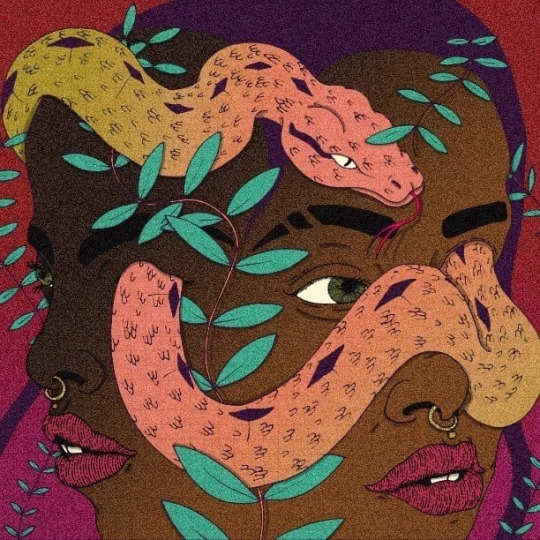




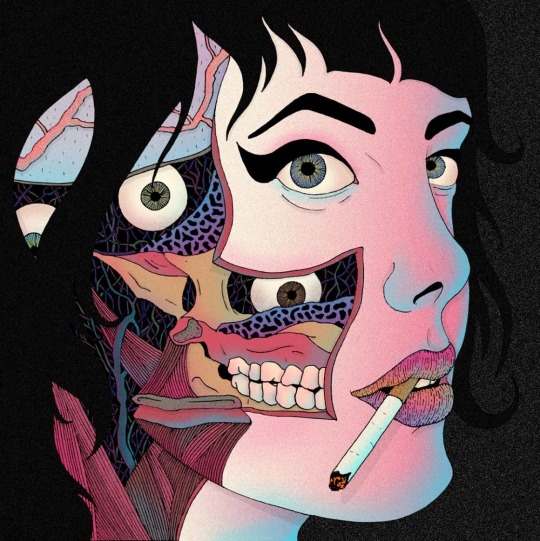
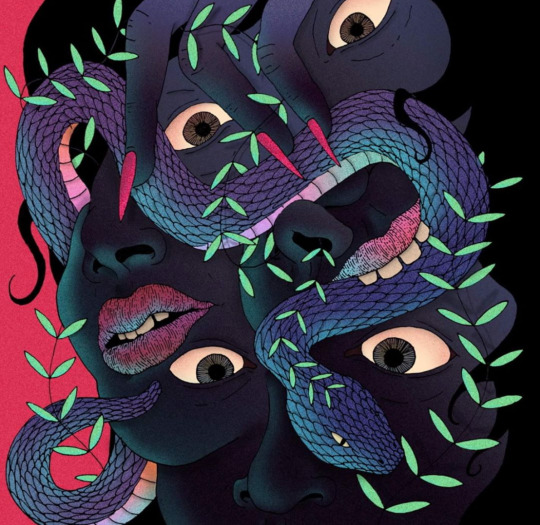
𝗙𝗥𝗘𝝠𝗞𝗜𝗡𝗚𝗙𝗨𝗖𝗞𝗜𝗡𝗚𝗕𝗘𝝠𝗨𝗧𝗜𝗙𝗨𝗟
Venezuelan artist Pablo Gerardo Camacho 🇻🇪
#surreal #surrealart #surrealism #surrealismartcommunity #popsurrealism #popsurrealist #popsurreal #surrealist #surrealista #surrealistic @frenchpsychiatrymuderedmycnut @boanerges20 @badbavarian @darkhawk1126 #lowbrowart #weirdart #lowbrowartist #surrealisme #surreal_art #surrealismo #surrealpainting #newcontemporary #lowbrowpopsurrealists
Soundtrack: Fables & Fairytales - (Deniz Kurtel remix) by Na, Rosina

𝙼𝚏 𝚌𝚛𝚎𝚍𝚒𝚝𝚜 🆎𝚘𝚟𝚎
#fucking favorite#Pablo Gerardo Camacho#sincuellonitorso#10/2022#art post#artist profile#pop art#popsurrealism#pop surrealism#low brow art#newcontemporary#new contemporary art#x-heesy#now playing#music and art#contemporaryart#Venezuelan art#Venezuelan#venezuela#art explorer#surreal art#zeitgenössischekunst#art#Kunst#illustrations
214 notes
·
View notes
Text

Clothes for the Folk Punk music genre. Traditional clothes + punk elements (sort of, I just like banjos and dislike nazi punks). Left to right is Venezuelan, Tunisian and Ukrainian.
#stroadkillart#folk punk#folk dress#days n daze#apes of the state#wingnut dishwashers union#venezuelan art#tunisia#north africa#ukrainian clothes#traditional clothing#subgenre#alt fashion
7 notes
·
View notes
Text

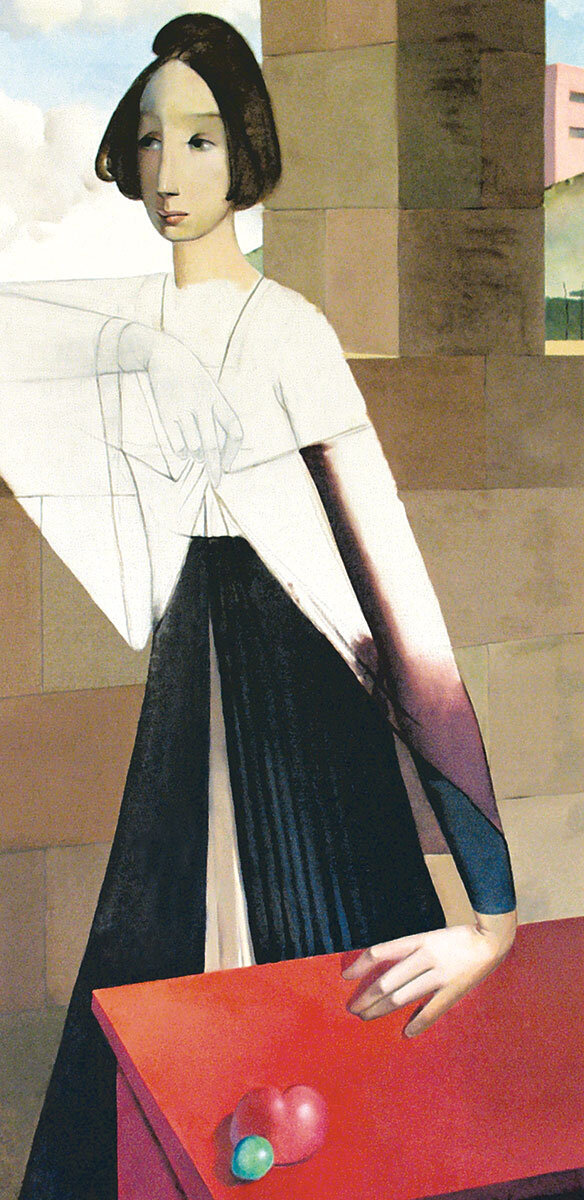
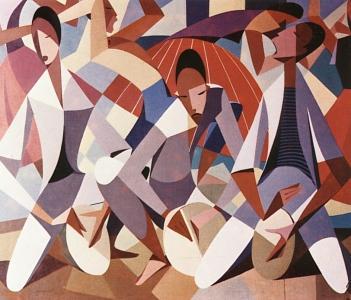

Artista: Armando Barrios (1920-1999)
Cantata 1985
Futuro anterior (inconclusa) 1999
Tambores 1957
Pescadores 1961
8 notes
·
View notes
Text
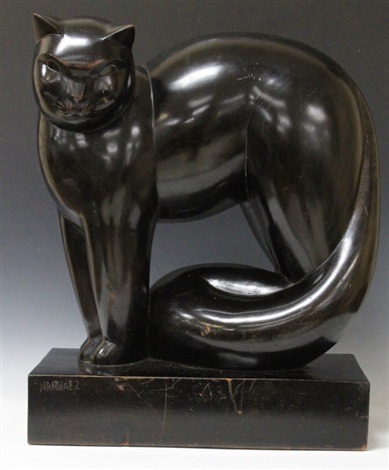

Attribution: Francisco José Narváez (Venezuela, 1905-1982). First image is Gato, 1955, bronze with black patina, 17 x 8.5 x 8.5 inches. Second image is Ebony sculpture, ebony, 22 inches. I am a fan of the feline representation in Narváez's work. @fundacionfrancisconarvaez.
#Francisco Narváez#cats in art#animals in art#gato#gatto#katze#katt#kat#feline#amor gatuno#artista venezolano#Venezuelan art#Latin American art#escultor venezolano#cat#midcentury art
13 notes
·
View notes
Text
here’s a couple more art i’ve done!!
- oc warrior cats au
- april :)
- oc stuffs
- monster high repaint of my silbon oc
- diablo de yare head









6 notes
·
View notes
Text

Antonio Edmundo Monsanto - Iglesia del Carmen (1920)
217 notes
·
View notes
Text

Carlos Cruz-Diez (Venezuelan, 1923-2019), Physichromie n°448, 1969. Acrylic on plastic, plastic strips, wood, 75.6 x 46.4 cm.
96 notes
·
View notes
Text


Lamento del Canoero | The Boatman's Lament
Tú lloras porque me voy de aquí, cariño lindo
Y yo porque tú te quedas
Vamos a llorar los dos, mujer
Los dos una misma pena.
Conmigo te llevaría
Si es que llevarte pudiera
Pero el río está creciendo, mujer querida
Y mi curiara es pequeña.
#I struggled with this one but it's finally finished#embroidery#Vnzla#llaneracore#my stuff#Simón Díaz#Musica llanera#Dare I say#venezuelan art#Embroidery has been therapeutic and this one in particular brought up a lottt of emotions#grief is the price to pay for love and all that
1 note
·
View note
Text

Antonio Edmundo Monsanto – Iglesia del Carmen, 1920
Oil over wood - 36,6 x 44,4 cm
Source: Galeria de Arte Nacional de Venezuela
8 notes
·
View notes
